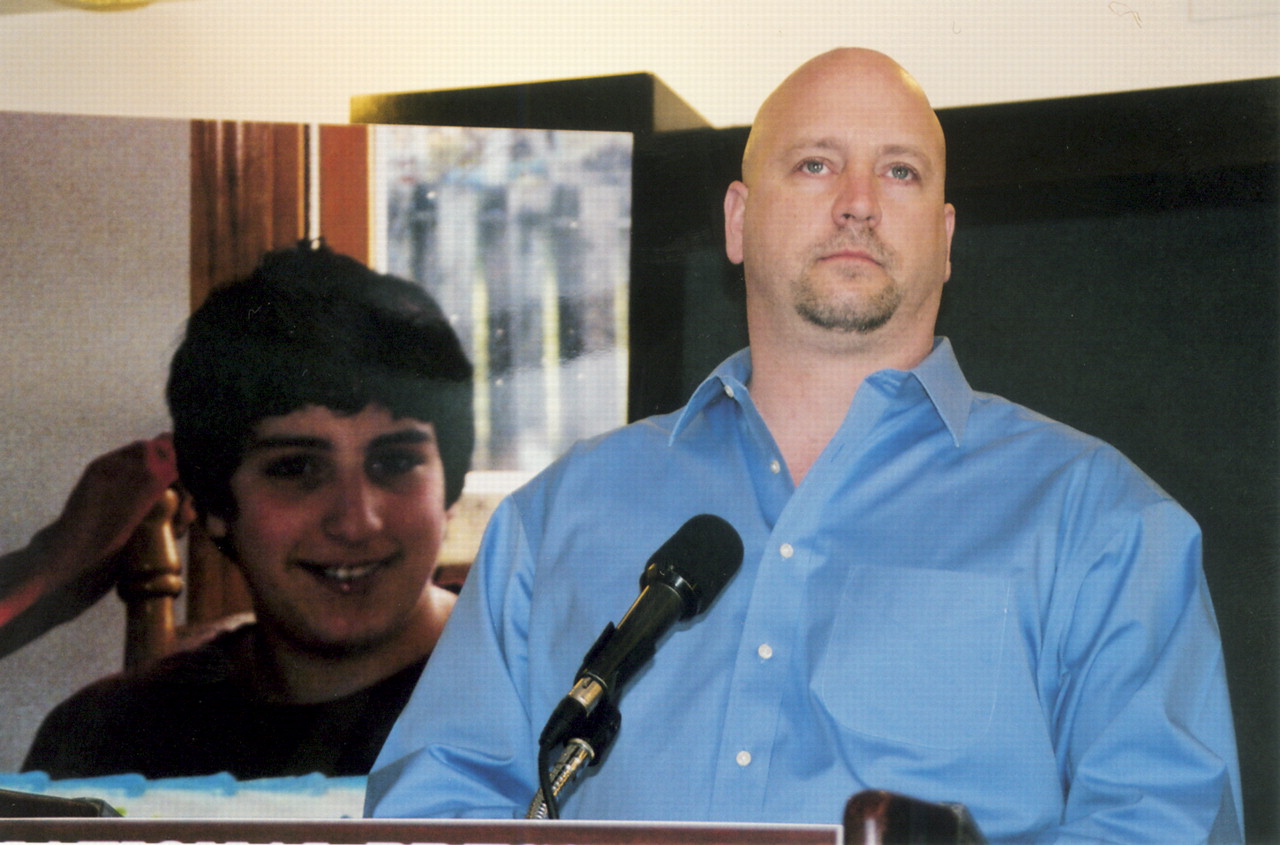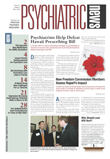In the past three years, the number of new inhalant users in the United States has risen by more than a million, and the average age of those who try the substances for the first time is barely over 15, according to information recently released by the National Inhalant Prevention Coalition (NIPC).
An average of 598,000 youth aged 12 to 17 initiated inhalant use in the past year, according to data from the 2005 National Survey on Drug Use and Health, an annual survey by the Substance Abuse and Mental Health Services Administration.
Inhalants include aerosols containing butane and propane such as spray paint and hair spray, solvents such as paint removers and thinners, and chemical compounds found in cleaning agents, room deodorizers, and adhesives. More than 1,000 products can be used as inhalants.
The survey collects information on the prevalence of substance use in the population, perceptions of risk and availability related to substance use, patterns of use, substance abuse treatment, and mental illness.
About 30 percent of those new initiates were 12 or 13 years old, 39 percent were 14 or 15, and almost 31 percent were 16 or 17.
“Inhalants are highly accessible. They are in your bathrooms, kitchens, and garages, and are very hard to regulate—this is probably the reason they are most frequently abused by young teens,” explained Nora Volkow, M.D., director of the National Institute on Drug Abuse.
Volkow appeared on a panel of government officials, advocates, family members, and people recovering from inhalant abuse at a press conference held in Washington, D.C., in March. Together they addressed the scope and dangers of inhalant use and proposed ways to reduce inhalant use by American youth.
“The neurological complications that occur with inhalant abuse are far from trivial,” she said, and can range from loss of sensation in various parts of the body to blindness.
The ultimate consequence of inhalant use is death. “There is a potential for cardiac arrhythmia and sudden death, which can happen the first time a person uses an inhalant,” Volkow said. Inhalant users can also die of asphyxiation, she added.
Because inhalant addiction is especially difficult to treat, Volkow emphasized the need for prevention of inhalant use. “We need to educate communities, medical professionals, and young people” about the dangers of inhalant use, she said.
NIPC Director Harvey Weissman, M.B.A., noted that “inhalant use is a significant problem affecting millions of youngsters and knows no ethnic, geographical, or socioeconomic boundaries.”
He pointed to data from the 2005 Monitoring the Future Survey showing that inhalant use rose among eighth grade students between 2002 and 2004 (Psychiatric News, February 4, 2005).
Researchers at the University of Michigan's Institute for Social Research conduct the Monitoring the Future Survey each year among nationally representative samples of approximately 50,000 students in the eighth, 10th, and 12th grades in about 400 public and private schools across the country.
The survey showed that in 2002, 15.2 percent of eighth graders reported having ever used an inhalant, and in 2004, 17 percent had. “We know that up until the eighth grade, inhalants are the leading substance of abuse after tobacco and alcohol.”
In addition, according to the survey's findings, the proportion of eighth graders who perceive regular inhalant use as harmful has dropped from 71.6 percent in 2001 to 64 percent last year.
Weissman said that on average, he hears of about 100 to 125 deaths due to inhalant use each year, but estimated that the actual number is higher because such deaths often go unreported due to stigma and a lack of awareness on the part of coroners and medical examiners about the physical effects of inhalant use.
The death of Kyle Williams, the 14-year-old son of police officer Jeff Williams, was not only reported, but stands out as one of the few that has gained national recognition as part of an effort to prevent similar deaths among young people.
When several cans of computer cleaner went missing at home, the elder Williams suspected nothing. He had purchased them for dusting his computer keyboard, and his sons said they had used them to clean their computers.
He recalled that shortly after he bought another can of duster, Kyle experienced some of the signs of inhalant abuse that went unrecognized by Williams: a “sore” tongue, vomiting, and an episode of unprovoked rage.
Williams learned about his son's death while on duty when the police dispatcher contacted him. When Williams arrived at his house, he saw four police cars outside, but no ambulances. “Being a police officer, I knew what that meant,” he said.
William's wife discovered their son dead in his room with the straw of the computer cleaner emerging from his mouth. As it turned out, a neighbor had showed him how to use inhalants only weeks earlier.
Williams implored parents to learn the signs of inhalant use.
“If you don't know the signs, you cannot save your children,” he said.
More information about inhalant abuse is posted at<www.inhalants.org>.▪

